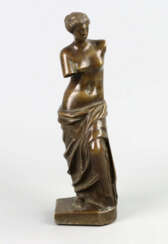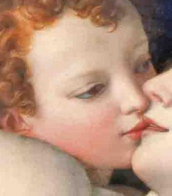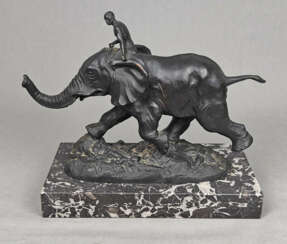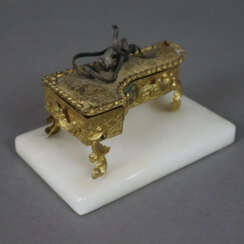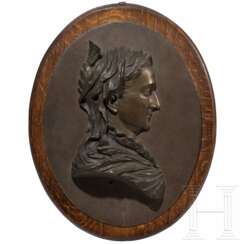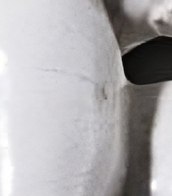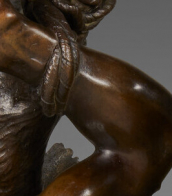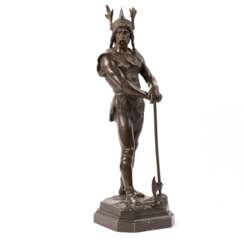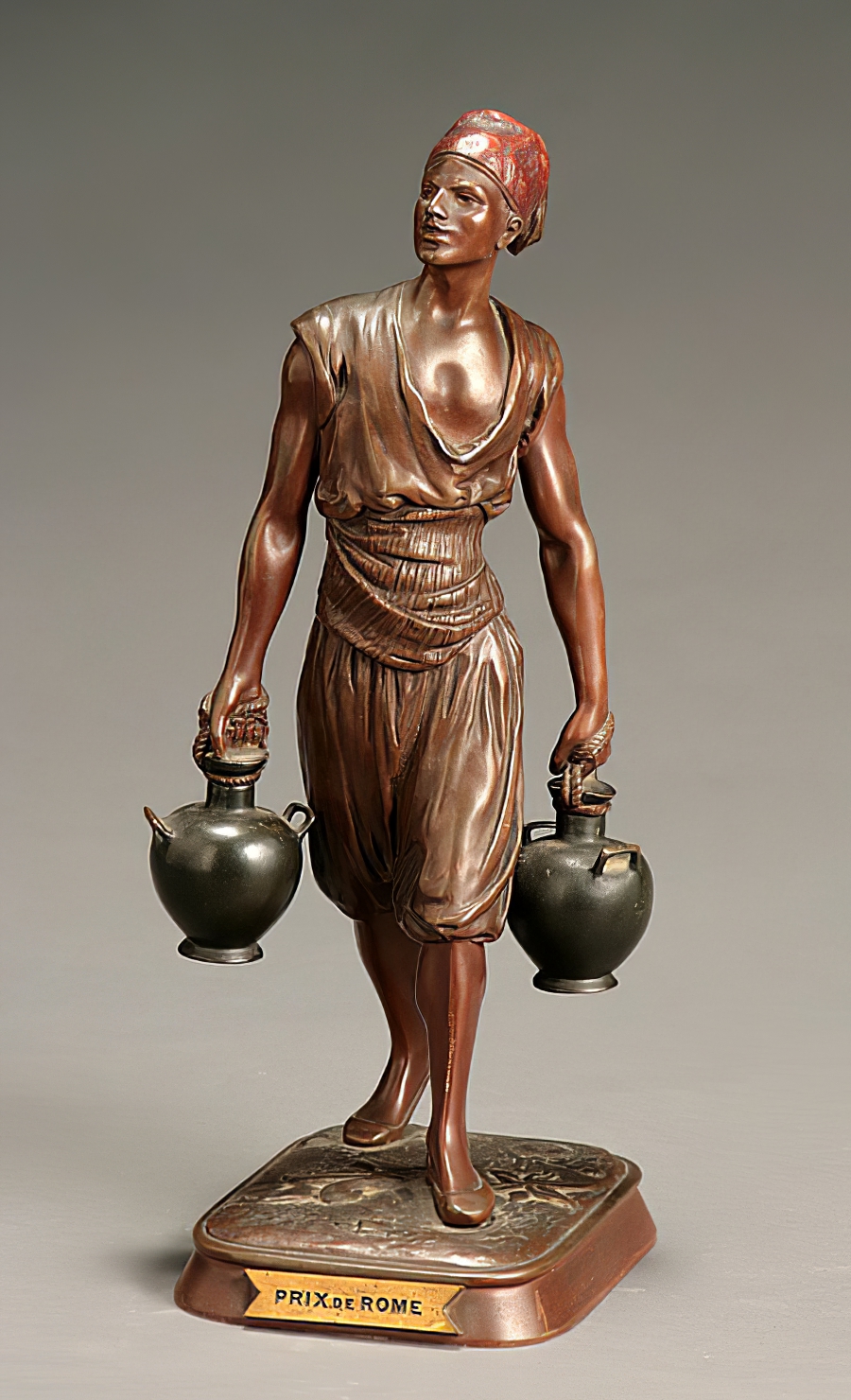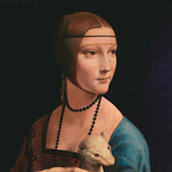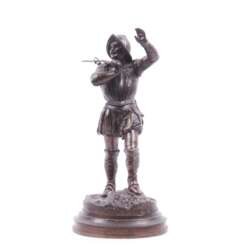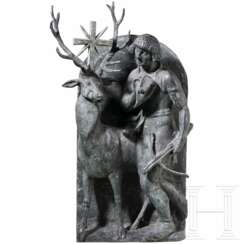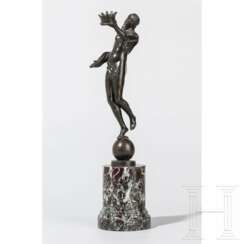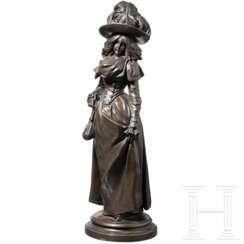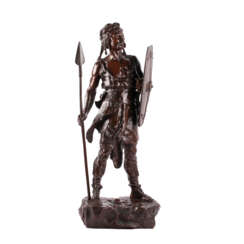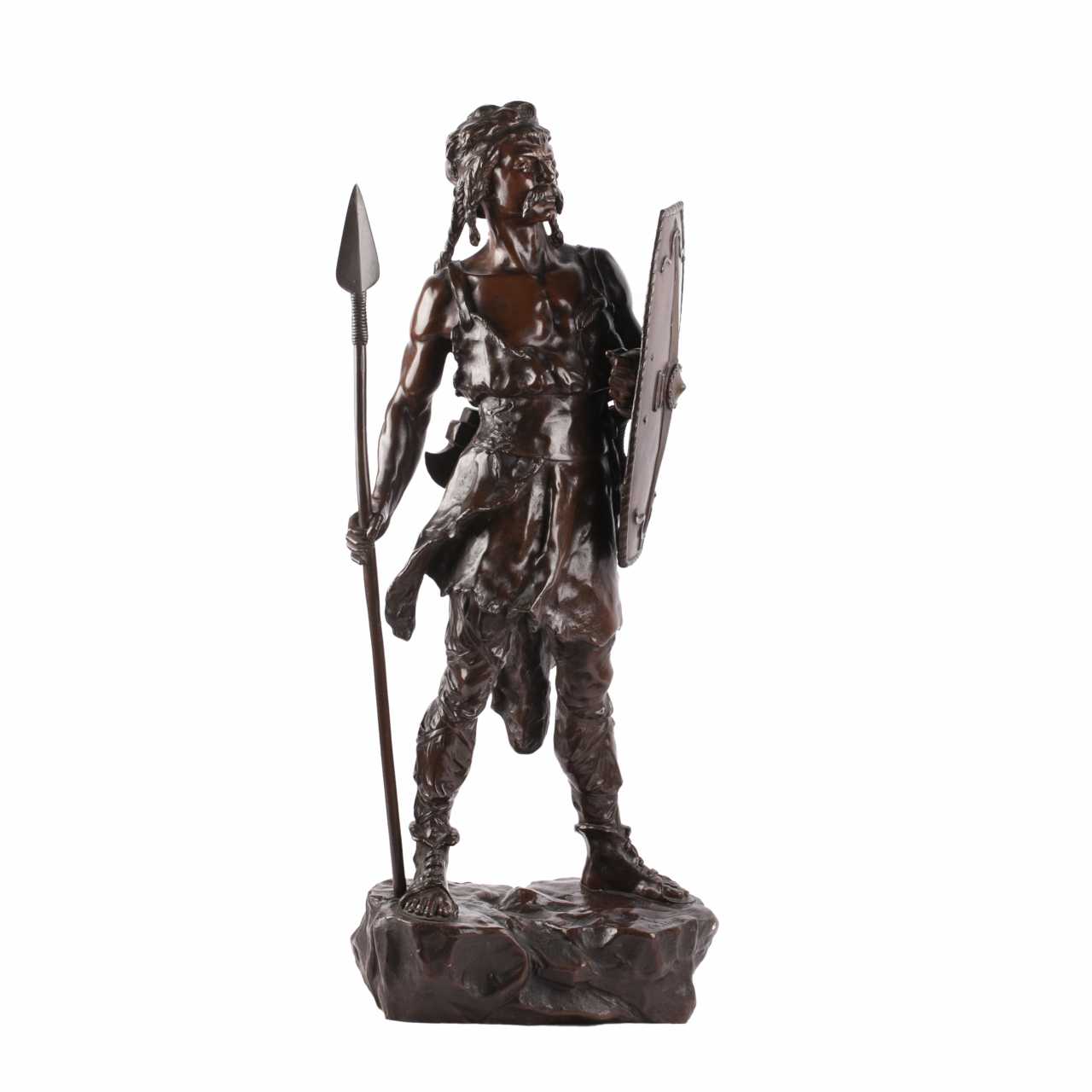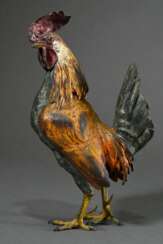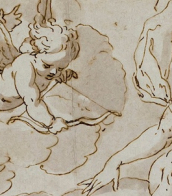skulpturen/bronzen
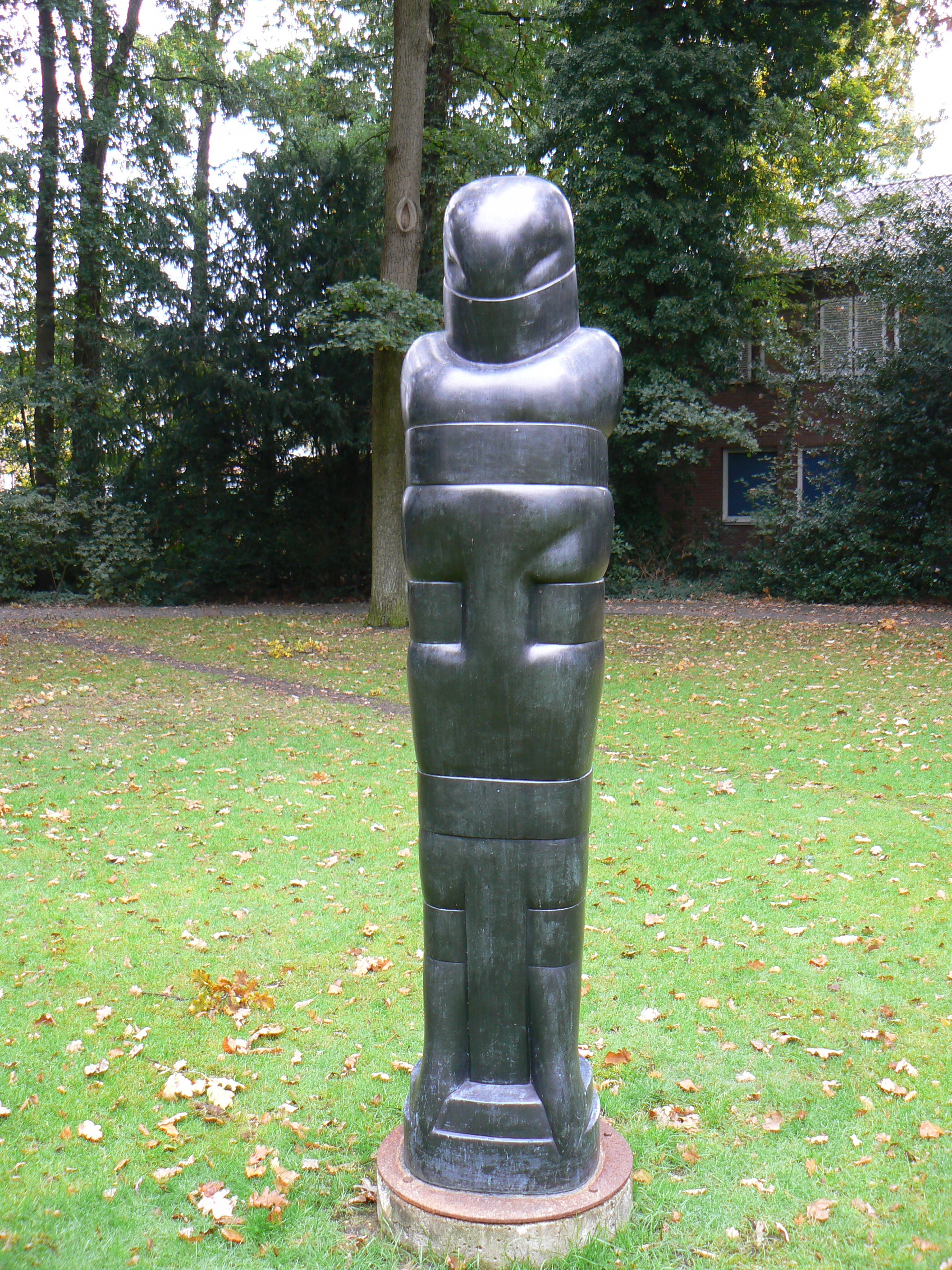
Hede Bühl is a German artist. She is known for her abstract paintings, which often feature bold colors and expressive brushstrokes. Bühl studied at the Kunstakademie Düsseldorf under Joseph Beuys and worked as a freelance artist from the 1970s onwards.
Her work has been exhibited in numerous galleries and museums across Germany, including the Museum Ludwig in Cologne and the Kunstmuseum Düsseldorf. Bühl's art has been described as energetic and intuitive, with an emphasis on the emotional and physical experience of painting. Her work has also been noted for its connection to the natural world, as she often incorporates elements of landscape and organic forms into her compositions.


Käthe Kollwitz (born as Schmidt) was a German artist who worked with painting, printmaking (including etching, lithography and woodcuts) and sculpture. Her most famous art cycles, including The Weavers and The Peasant War, depict the effects of poverty, hunger and war on the working class. Despite the realism of her early works, her art is now more closely associated with Expressionism. Kollwitz was the first woman not only to be elected to the Prussian Academy of Arts but also to receive honorary professor status.

.jpg)
Ernst Heinrich Barlach was a German expressionist sculptor, medallist, printmaker and writer. Although he was a supporter of the war in the years leading to World War I, his participation in the war made him change his position, and he is mostly known for his sculptures protesting against the war. This created many conflicts during the rise of the Nazi Party, when most of his works were confiscated as degenerate art. Stylistically, his literary and artistic work would fall between the categories of twentieth-century Realism and Expressionism.

.jpg)
Fritz Klimsch was a German sculptor of the first half of the twentieth century. He is known as a brilliant representative of Art Nouveau and Classicism. Klimsch was one of the founders of the association of Berlin artists and sculptors "Berlin Secession".
Fritz Klimsch is best known for his sculptural works depicting nudes of women. Among his masterpieces are also monumental and grave monuments.
Fritz Klimsch was the most famous, but by no means the only representative of the family dynasty of German artists. His close relatives, in particular his grandfather Ferdinand Karl Klimsch, his father Eugen Klimsch, and his brothers Karl Klimsch and Paul Klimsch, also made significant contributions to the development of European art.

.jpg)
Ernst Heinrich Barlach was a German expressionist sculptor, medallist, printmaker and writer. Although he was a supporter of the war in the years leading to World War I, his participation in the war made him change his position, and he is mostly known for his sculptures protesting against the war. This created many conflicts during the rise of the Nazi Party, when most of his works were confiscated as degenerate art. Stylistically, his literary and artistic work would fall between the categories of twentieth-century Realism and Expressionism.

.jpg)
Gerhard Marcks was a German artist, known primarily as a sculptor, but who is also known for his drawings, woodcuts, lithographs and ceramics.

